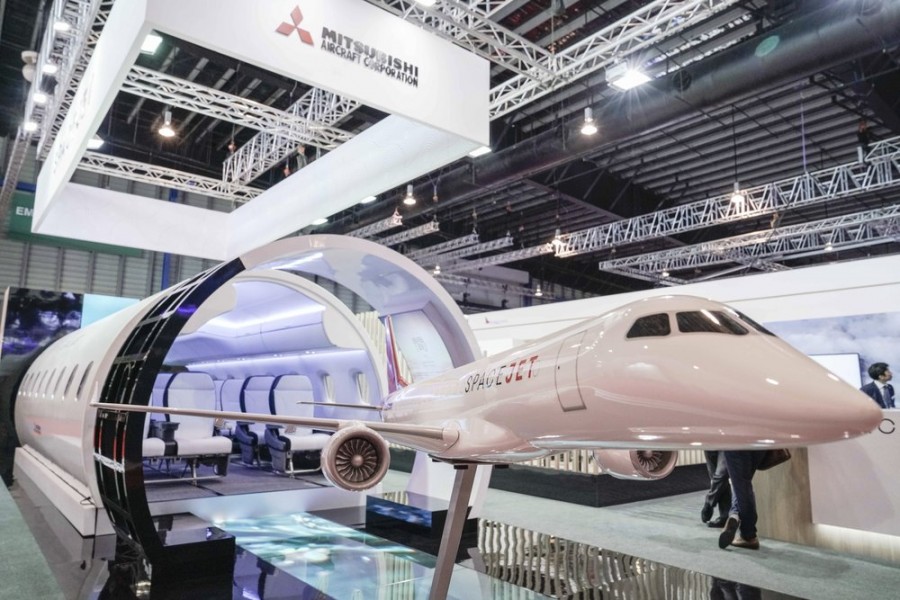Airlines and aircraft makers are taking a body blow from the virus outbreak in China, as Boeing reported zero orders for new jets in January and forecasting the cargo business will likely contract in 2020.
“We, like our customers, are trying to figure out the depth and breadth of this virus and the impact on the airlines,” Boeing’s vice president for commercial marketing, Randy Tinseth, said Wednesday at the Singapore Air Show.
“Without doubt, we will see an impact,” he said.
Tinseth said that the cargo business will likely be flat this year and that growth in aircraft sales is likely to fall below its forecast of 2.5-2.7 per cent in 2020.
“If we’re not seeing goods travel, not seeing planes fly, it’s going to be tough to see any growth in the cargo market this year,” Tinseth said. “We see 14 months of contraction in the freight market.”
The outbreak of the COVID-19 virus has prompted many airlines to halt flights to and from China and devastated travel within the country as many cities halted public transport, seeking to slow its spread.
In Southeast Asia, airlines will need 4,500 new aircraft over the next 20 years, worth $710 billion, Boeing forecasts.
Commercial aviation services, an area Boeing is pursuing as it weathers hard times in airport orders and deliveries, are likely to be worth $785 billion in 2019-2038, reports the Associated Press.
Vietnam, Thailand and Indonesia are among the 10 biggest markets for aircraft, helping to make the region one of the world’s biggest and fastest growing.
Worldwide, Boeing is forecasting the world will need 44,040 new commercial aircraft worth $6.8 trillion in the next 20 years, with after sales services valued at more than $9 trillion.
“The fundamentals of our business tend to be strong. Our customers tend to understand these are long lived assets that demand tends to be durable,” Tinseth said.
A key challenge for airlines and the industry as a whole is availability of pilots and technicians. The Asia-Pacific region will need 182,000 such personnel to fly and maintain growing airline fleets, Tinseth said.
While the longer-term outlook for the industry is still vibrant, Boeing has a lot of work to do to restore confidence after crashes of its 737 Max jets in 2018 and 2019 led regulators to ground the aircraft, he acknowledged.
“The only way you build trust is one step at a time, one action at a time, and that’s what we’re going to try to do as a company,” he said.


